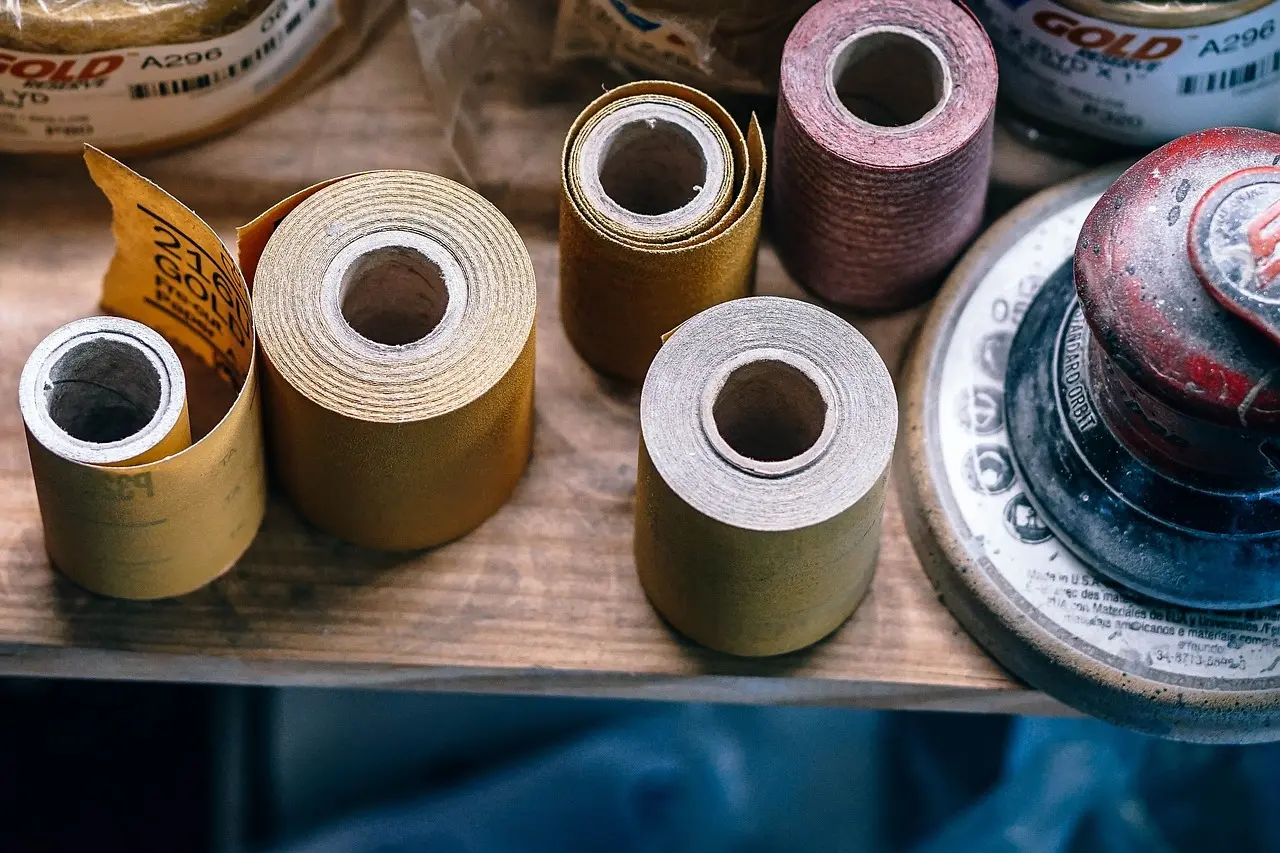Introduction
Have you ever stopped to ponder how a simple household item like duct tape came to be? The history behind this ubiquitous adhesive might surprise you. Originating as a wartime necessity, duct tape has evolved from a quick fix for military equipment to a versatile tool in various industries and DIY projects. In a fascinating journey through time, we uncover the unexpected origins of duct tape and how it transitioned from its military roots to becoming a household and industrial essential. Join us as we delve into the intriguing story behind this sticky solution and explore the innovative uses that have made it a staple in numerous applications.
The Invention of Duct Tape
Duct tape was first developed during World War II by Johnson & Johnson’s Permacel division. The U.S. military needed a strong, waterproof adhesive that could seal ammunition cases and repair equipment quickly on the battlefield. Inspired by this need, factory worker Vesta Stoudt proposed a fabric-backed adhesive tape coated with waterproof polyethylene. This idea was quickly adopted, leading to the creation of what was initially called “duck tape” due to its water-resistant nature, similar to a duck’s feathers.
Early Uses of Duct Tape
During the war, duct tape became an indispensable tool for soldiers, used for:
- Sealing ammunition cases to prevent moisture damage.
- Repairing military vehicles, aircraft, and firearms.
- Fixing torn clothing and boots.
- Creating makeshift bandages in emergency situations.
The effectiveness of duct tape on the battlefield demonstrated its potential beyond military applications, leading to its introduction into civilian use.
Evolution of Duct Tape
After the war, duct tape made its way into the construction industry, where it gained its modern name. Workers found it useful for sealing heating and air conditioning ducts, giving rise to the term “duct tape.” Over time, manufacturers modified the product, making it stronger, more flexible, and available in various colors and patterns.
Today, duct tape is used in a vast range of industries, including automotive, aerospace, healthcare, and entertainment. The tape’s evolution has also led to specialized versions such as heat-resistant duct tape, electrical duct tape, and industrial-grade variants with superior adhesion.
Unique Properties of Duct Tape
The success of duct tape lies in its remarkable properties, which include:
- High Tensile Strength – The fabric-reinforced structure provides durability and flexibility.
- Water Resistance – The polyethylene coating prevents moisture penetration.
- Strong Adhesion – Bonds well to multiple surfaces, including metal, plastic, and wood.
- Temperature Tolerance – Can withstand extreme conditions in certain industrial applications.
- Ease of Use – Can be torn by hand and applied without additional tools.
Interesting Facts About Duct Tape
- NASA astronauts used duct tape to make life-saving repairs during the Apollo 13 mission.
- Some versions of duct tape are strong enough to lift several hundred pounds.
- The Guinness World Record for the largest duct tape ball weighs over 2,000 pounds.
- Engineers use duct tape in prototype development due to its reliability and flexibility.
Applications of Duct Tape in Various Industries
Duct tape has become a crucial tool in many industries, including:
1. Construction and HVAC
- Sealing air ducts and insulation.
- Temporary repairs for building structures.
- Securing wiring and cables during installations.
2. Automotive and Aerospace
- Quick fixes for hoses, wires, and body panels.
- Temporary sealing of aircraft components during maintenance.
- Emergency window and mirror repairs.
3. Manufacturing and Industrial Use
- Marking floors for safety and workflow organization.
- Bundling materials and components.
- Masking surfaces during painting and coating processes.
4. Healthcare and Emergency Response
- Creating splints and bandages in emergency situations.
- Securing medical equipment in ambulances and hospitals.
- Waterproofing first aid kits and supplies.
5. Entertainment and Stage Production
- Fixing costumes and props during live performances.
- Securing lighting and sound equipment.
- Creating temporary set designs for theater and film productions.
DIY Projects Using Duct Tape
Duct tape is not only useful in industrial settings but also in creative DIY applications, such as:
- Custom wallets, bags, and accessories.
- Home improvement projects like reinforcing furniture or patching leaks.
- School and office organization with color-coded labeling.
- Handmade decorations for parties and events.
Duct Tape in Popular Culture
Duct tape’s reputation as an all-purpose tool has made it a pop culture icon, frequently featured in:
- TV Shows & Movies – Used as a survival tool in shows like MythBusters and MacGyver.
- Competitions – Annual contests like the “Duct Tape Prom Dress Challenge.”
- Memes & Internet Culture – Popularized as a universal solution for fixing anything.
The Versatility of Duct Tape
The adaptability of duct tape continues to expand as new formulations and applications emerge. Industries rely on it for emergency repairs, creative problem-solving, and efficiency in daily operations. From its wartime origins to its modern role in construction, automotive, healthcare, and entertainment, duct tape remains an essential tool for professionals worldwide.
Conclusion
Duct tape’s journey from a military innovation to a global necessity is a testament to its practicality and reliability. Whether used for industrial applications, emergency repairs, or creative projects, it has proven to be one of the most versatile adhesive solutions available. As technology advances, duct tape will likely continue evolving, offering even more specialized versions to meet the demands of different industries.
Understanding its history, properties, and applications allows businesses to utilize duct tape effectively, making it a staple in every toolkit. No matter the challenge, duct tape provides a solution—reinforcing its reputation as an essential tool across industries.

Products
Rich variety of adhesive tape

I am extremely impressed along with your writing abilities and also with the structure in your weblog.
Is that this a paid theme or did you modify it your self?
Anyway stay up the nice quality writing, it is uncommon to peer a great weblog like this one today.